Promoting the "locomotive" role of private enterprises
According to the Department of Industry ( Ministry of Industry and Trade ), in the steel industry, the private economic sector has truly taken the leading role in investing in production, innovating technology, improving capacity and operating effectively in production and business.
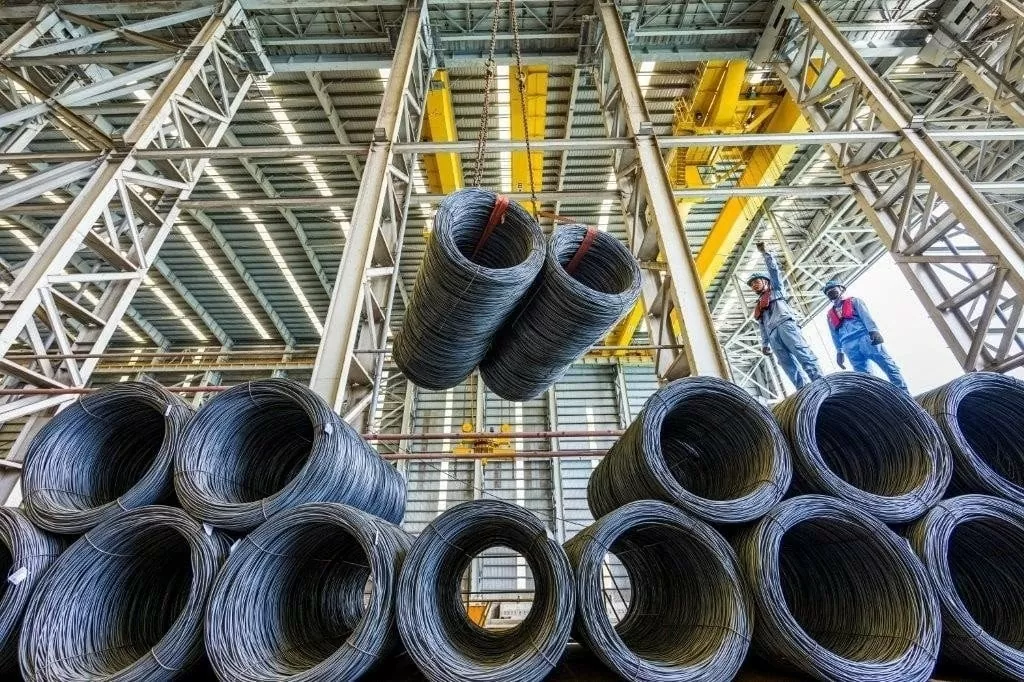 |
| Hoa Phat Group strives to have its first railway product by May 2027. Illustration photo: Hoa Phat Group |
Before the emergence of private enterprises, the steel industry relied mainly on the Vietnam Steel Corporation and its subsidiaries. Therefore, the production process of steel products was rudimentary, fragmented, of low quality, and low output. Before 2000, the total crude steel output of the whole country was only about 100,000 tons/year.
“However, after the renovation and opening up, the production of steel and steel products has changed significantly thanks to the active participation of private enterprises such as Hoa Phat, Hoa Sen, Viet Duc... With their inherent potential, these enterprises have focused on investing in advanced production technology, perfecting steel production lines with large-capacity factories. From there, they produce high-quality and diverse products” - the Department of Industry emphasized.
The report of the Department of Industry shows that, up to now, the role of Vietnam Steel Corporation is still maintained, but the market share and market segment have decreased significantly, giving way to the domination of the private enterprise sector.
In 2024, three large private "representatives" alone, Hoa Phat, Formosa and VAS Nghi Son, produced more than 17 million tons of crude steel, 5 times the output of Vietnam Steel Corporation.
Evaluating the steel industry, in an interview with a reporter from the Industry and Trade Newspaper, Mr. Tran Viet Hoa - Director of the Department of Industry - said that in the journey to improve the position of Vietnamese steel in the world , private enterprises have demonstrated their ability to seize opportunities and make timely adjustments to adapt to strict standards and requirements, thereby overcoming challenges, especially trade barriers when accessing demanding markets.
Not stopping at expanding output, private enterprises also “hit directly” the added value by investing in technology. From hot-rolled steel, high-quality steel, to galvanized steel production - a sophisticated link in the steel value chain - all bear the mark of private enterprises.
For example, Hoa Sen Group in 2023 will account for 25.5% of the domestic market share and more than 30% of galvanized steel exports. Ton Dong A has also grown strongly, accounting for about 15.5% of the market share. 100% of galvanized steel production is currently undertaken by the private sector and its products have appeared in demanding markets such as the EU, the US, and ASEAN.
Recently, Hoa Phat and Primetals Group have signed a contract to supply a high-quality steel casting and rolling line with a capacity of 500,000 tons/year. With this line, Hoa Phat Group will boost the production of high-quality steel lines. According to the plan, the rolling line is expected to provide the first products in the third quarter of 2026 and the casting line will be put into operation in the fourth quarter of 2026.
Chairman of the Board of Directors of Hoa Phat Group Tran Dinh Long emphasized: Hoa Phat team has mastered the technology to produce many types of difficult steel. " Steel for making car tires is 10 times more difficult, but Hoa Phat has produced and supplied to the market for many years. The difficulty level of rail steel is 7.8. Therefore, we are completely confident in fully supplying the demand for iron and steel materials for key national projects in the railway sector. Currently, the group has completed negotiations with a partner to supply a bloom casting line for rails. It is expected that in May, a contract will be signed for a rail rolling line and special steel types. In 2027, it is expected that there will be rail products " - Chairman of the Board of Directors of Hoa Phat Group emphasized.
Need "shield" from policy
According to the Industry Department, according to the target in the Steel Industry Development Strategy being developed by the Ministry of Industry and Trade, by 2030, the steel production capacity of domestic metallurgical plants will increase to meet the growing demand, reaching 40 - 45 million tons per year; the average annual growth rate of the steel industry will be 5 - 7%; steel consumption will be 270 - 280 kg/person/year.
However, according to the World Steel Association's forecast, global consumption growth by 2030 will only reach about 1 - 1.5%/year. The forecasted imbalance between supply and demand could be a concern for the development of the steel industry.
Being a “vulnerable” industry, often negatively affected by fluctuations in input prices as well as trade defense barriers of economies, the steel industry has always been burdened with inventory. If demand growth slows, there will be a situation of oversupply, creating pressure for businesses in the industry.
In addition, as the world moves towards a net zero emissions target by 2050, a heavy industry like steel is also facing pressure to green. This will make it more difficult for manufacturing enterprises to innovate technology and access the market.
Proposing a solution, Mr. Tran Viet Hoa said that the first policy that the state needs to focus on is trade defense. Because this is the main policy to protect domestic manufacturing industries from massive imports or dumped goods. Currently, the Ministry of Industry and Trade has actively implemented measures to apply anti-dumping, anti-subsidy, and self-defense taxes on steel and steel products such as galvanized steel. Typically, recently, the Ministry issued Decision No. 914⁄QD-BCT on the application of temporary anti-dumping taxes on some galvanized steel products originating from China (the highest is 37.13%) and South Korea (the highest is 15.67%).
“In addition to the Ministry of Industry and Trade, the Ministry of Science and Technology also needs to get involved soon to research and propose scientific and technical measures for domestic products. We need a synchronous and effective defense policy from ministries and branches in the context of increasingly difficult industry competition like today to develop domestic production, especially for the steel industry,” the leader of the Department of Industry pointed out.
For the steel industry to develop further, the State needs to support technological innovation and digital transformation for enterprises. In recent years, this policy has been promoted in many aspects, aiming to improve the competitiveness of domestic enterprises, modernize production and build a digital economy. In particular, Resolution 57-NQ/TW dated December 22, 2024 of the Politburo plays a very important role and has strategic orientation for the development of science, technology, innovation and national digital transformation in the new period. This is considered a major milestone in Vietnam's development thinking. In particular, enterprises are identified as the center of innovation, policies will target more and more specifically enterprises.
In addition, some policies on trade promotion support and market expansion or improving the investment and business environment are also important policies necessary to develop domestic production.
| For the steel industry to develop sustainably and stably, the Ministry of Industry and Trade believes that the State needs to build strong enough policies to promote the development of steel industries, creating a basic foundation for industrialization in a modern and sustainable direction. At the same time, there are preferential policies on land, infrastructure, science and technology and human resource training to encourage and promote the development of steel projects to form a strong development of the metallurgical industry, meeting the process of industrialization and modernization of the country. |
Source: https://congthuong.vn/kinh-te-tu-nhan-luc-day-cho-nganh-thep-chuyen-minh-383779.html


![[Photo] The "scars" of Da Nang's mountains and forests after storms and floods](https://vphoto.vietnam.vn/thumb/1200x675/vietnam/resource/IMAGE/2025/11/13/1762996564834_sl8-jpg.webp)

![[Photo] General Secretary To Lam visits Long Thanh International Airport Project](https://vphoto.vietnam.vn/thumb/1200x675/vietnam/resource/IMAGE/2025/11/13/1763008564398_vna-potal-tong-bi-thu-to-lam-tham-du-an-cang-hang-khong-quoc-te-long-thanh-8404600-1261-jpg.webp)

































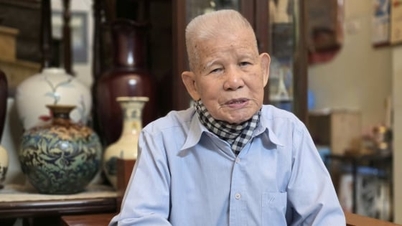














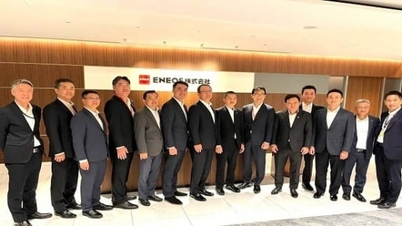


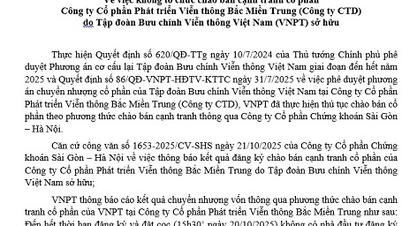







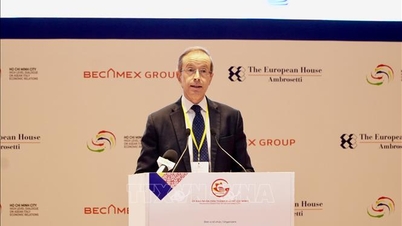


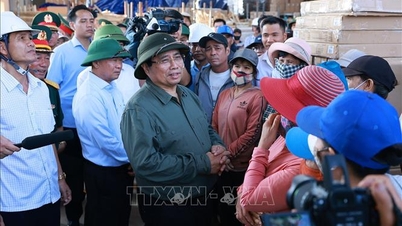




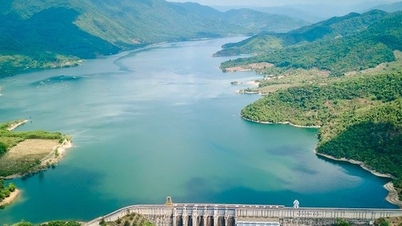

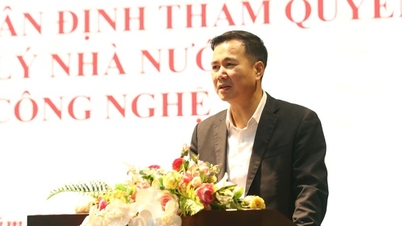

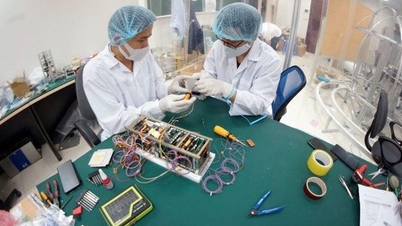



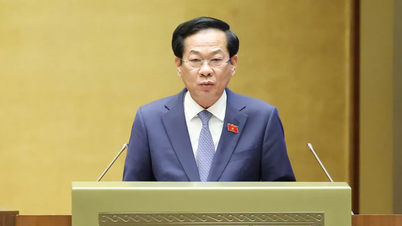



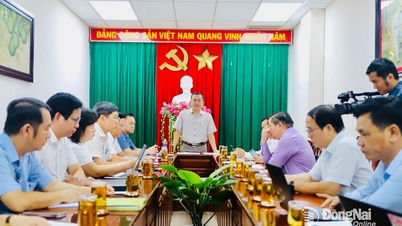



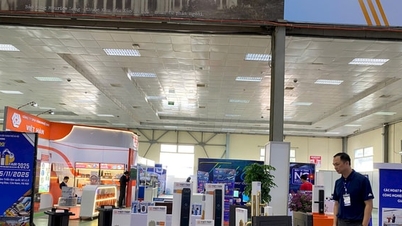
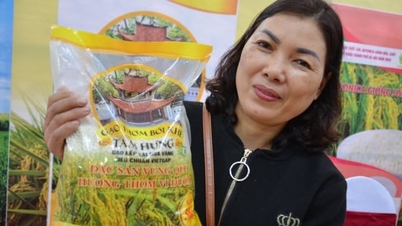
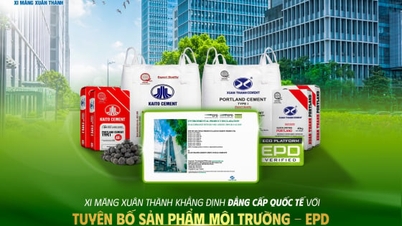
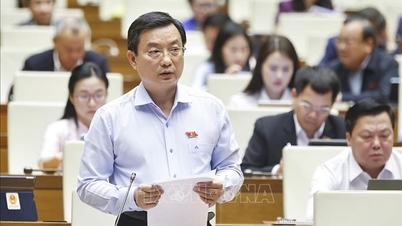
![Dong Nai OCOP transition: [Article 3] Linking tourism with OCOP product consumption](https://vphoto.vietnam.vn/thumb/402x226/vietnam/resource/IMAGE/2025/11/10/1762739199309_1324-2740-7_n-162543_981.jpeg)







Comment (0)